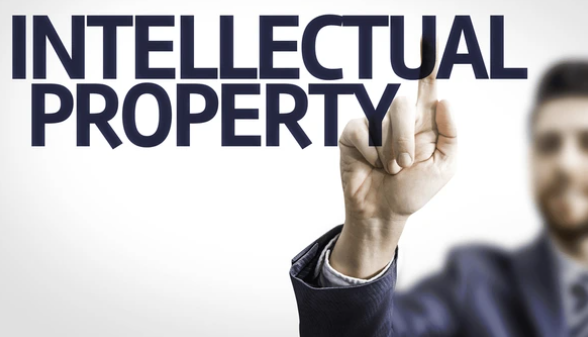The intellectual property (IP) licensing has gone a long way with the pace of technology…
Intellectual Property Protection in Software Industry
The computer was born not out of a need to solve a serious number-crunching crisis.[1] By 1880, the U.S. population had risen so much that it took more than seven years to tabulate the U.S. Census results.[2] So, to get the job done faster the Government sought a faster way which gave rise to punch-card-based computers. These computers were huge and took up almost an entire room.
If we go through the history of computing projects we can make out that software was created long before the first electronic computers came to be.[3] The credit for the invention of the software in the mid-1800s goes to Charles Babbage. [4]
Intellectual property rights are at the root of the software industry. Innovations made in software products can quintessentially be protected by patents, copyrights, and trademarks. Patents and copyrights provide protection to the software itself. On the other hand, Trademarks protect the names or symbols used to create a distinguishable identity in the marketplace.
Copyright protection generally extends to protect the expression of an idea, but not the mere idea itself.[5] The application of copyright protection for software products was established internationally via the World Trade Organization’s (WTO) Agreement on Trade-Related Aspects of Intellectual Property Rights (TRIPs).[6] In the case of Software, the protection provided by Copyright is basically on the source and object code along with certain unique and original elements of the user interface.
Section 2 (o)[7] defines ‘literary work’ which includes “computer programs, tables, and compilations including computer databases.” Section 13[8] provides “the categories of work in which the copyright subsists which includes original literary work.” The author of a work is the first owner of the copyright in the work.[9] However, in the case of employer-employee, if a work is made in course of employment under a contract of service or apprenticeship, the employer shall be the first owner of the copyright in the above of any contract to the contrary.[10] These provisions of the copyright law are applicable mutatis mutandis[11] to computer software/programs as well.
The copyright owner holds a bunch of exclusive rights preventing unauthorized use, making, selling, or distributing copies of the work. Violation of any of the exclusive rights will lead to infringement of copyright and such violation is subject to liability for damages or statutory fines.
Article 27 of the TRIPS Agreement makes patent protection available to inventions in all fields of technology, only if they meet the minimum requirements of novelty, utility, and non-obviousness.[12] The protection offered by patents wider than that of copyright, as copyright protection extends only to a specific expression whereas patent protection extends to the underlying functionality of an invention. Because patents can offer broader protection than copyrights, they turn out to be more valuable if they can be obtained.
However, obtaining patent protection is a lengthy process and is more expensive.
Trademarks can protect the name of a software, its logo, and taglines, and prevent competitors from using similar names. Trademarks protect software brands, but not the code that runs the software. For example, “ADOBE” is a registered trademark for a variety of software products and services[13]. Any materials that are identified as the originator of a specific product or service can be registered as a trademark.
A trademark will not protect the software program itself from recreation or imitation.[14] If a design of a program is to be protected, then copyright protection should be sought.
Author: Debopriya Mukherjee, B.A. LL.B(Hons.) Amity University, Kolkata, Intern at Khurana & Khurana, Advocates and IP Attorneys. In case of any queries please contact/write back to us at swapnils@khuranaandkhurana.com.



